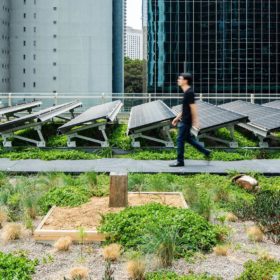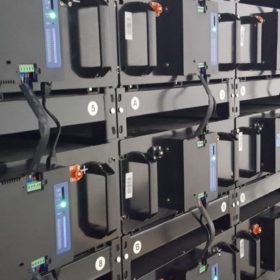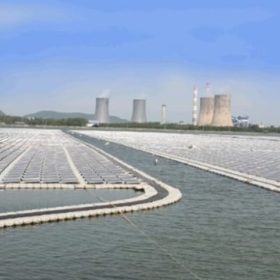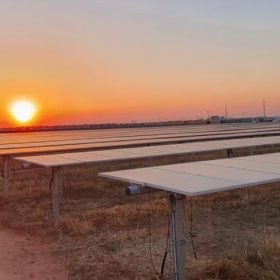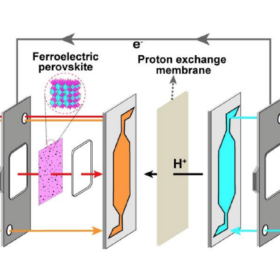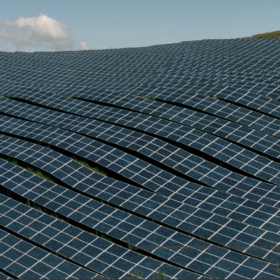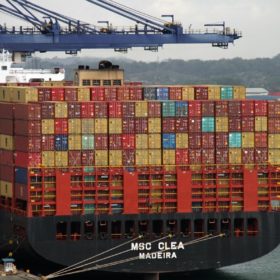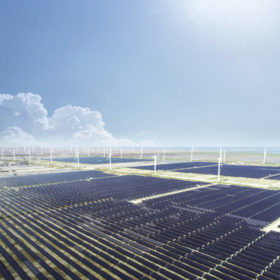Green roof improves solar panel efficiency by 3.6% on average, study finds
The comparison of two solar cladded roofs in Sydney, one bare beneath its panels and the other adorned with native grasses and plants, has found the panels on the green roof were, on average, 3.63% more efficient, producing an average daily output 13% greater than the conventional roof. The improvements are believed to stem from the lower temperatures on the green roof, thanks to its plants – which also provided a plethora of additional benefits.
Energy storage appears to be fully charged for exponential growth
Lithium-based energy storage volumes in the U.S. are expected to grow by multiple orders of magnitude in the coming years, with a 1000% capacity increase by 2023.
India’s largest floating solar project commissioned
The state-run energy company has commissioned a 25 MW plant on the reservoir at its Simhadri thermal power station, in the state of Andhra Pradesh. The installation features more than 100,000 solar modules.
How Australia could save almost $7 billion on its energy transition
The risks posed to renewable-energy projects by Australia’s uncertain climate change policies and hamstrung regulators, have become a concerning brake on investment. Adjusting settings to reduce those risks would revitalise investor sentiment and vastly reduce the cost of implementing the country’s switch to renewables, says the Clean Energy Investor Group.
Solar-accelerated carbon-dioxide splitting to recycle a deadly greenhouse gas
Carbon never goes away, says Associate Professor Tianyi Ma, but if industrial carbon-dioxide emissions can be cleanly, renewable catalysed into chemicals and fuels that we need, we can reduce the overall GHG burden on the earth’s atmosphere.
Novel PV module recycling tech from South Korea
Developed by the Korea Institute of Energy Research (KIER), the “non-destructive” technology is claimed to enable the recovery of 100% of a module’s glass and to allow the reuse of silicon for producing new solar cells with an efficiency of 20.05%.
New net-zero-pursuing investors change Australia’s renewable-energy development game
Imperatives meet opportunity. Corporate and utility goals for sustainability are driving a new group of investors to pick up the Australian renewable-energy resource and run with it. A new PwC report outlines how the new investor-developer partnerships could work.
US customs enforcement is jeopardising 2.1 GW of solar projects
Solar product detentions at U.S. ports of entry all stem from a June 24 “Withhold Release Order” issued by Customs and Border Protection.
Sunday read: China’s battery storage awakening
China’s efforts to shift electricity generation from a coal-dominated system to a greener mix of renewables is not only centred on wind, solar and other technologies – the country is also rapidly pursuing energy storage. Vincent Shaw reports from Shanghai.
Saturday read: Scaling up standalone power systems
As technology redefines the delivery of network services, grid operators in remote areas the world over are searching for more cost-effective and reliable alternatives to traditional poles and wires. Standalone power systems are the solar application that is at the forefront of the switch, and they’re ramping up fast.
